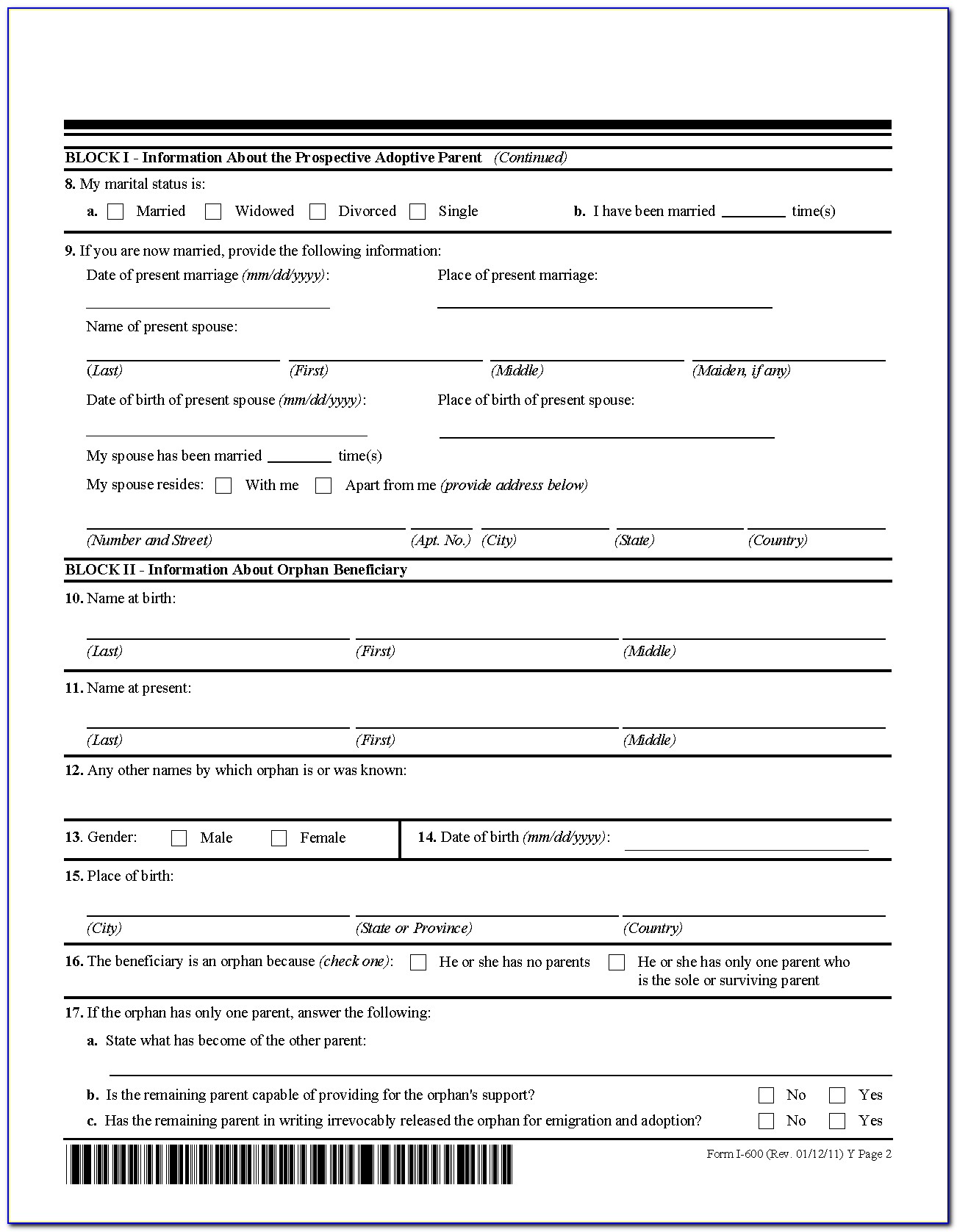

Important Information About Form I-765, Application for Employment Authorization For example, if the office is processing Form N-400 naturalization applications in five months or less, then the chart will say “5 months.” However, if the office is experiencing a processing delay, you will find the filing date of the last case that the office completed before updating the chart. If the field office or service center is meeting its goal for processing a form, you will find the timeframe listed in months. You can select the form type that applies to your case from the drop-down menu. Change of status applications, including F-1, H-4, L-2, etc.The chart will show most of the types of forms processed at the field office or service center.EB-1, EB-2, National Interest Waivers, and EB-3.PERM Labor certification/I-140/I-485 Processing.E-3 Specialty Occupation Professionals from Australia.USCIS Requests for Evidence (RFE responses).H-1B Specialty Occupation & H-4 Dependent visas.O-1 Individuals with Extraordinary Ability or Achievement.F-1 International students- CPT/OPT and STEM OPT.Deferred Action for Childhood Arrivals (“DACA”).Application for Employment Authorization (I-765).Hold Everything In Confidence: Confidential vs Privileged Information - Infographic.How Long Do I Have To Wait To Become A US Citizen.
#N400 processing time update

As these applications have been taking close to a year applicants have had to continually delay their studies.

For example, someone who enters on a B1/B-2 and files a change of status to F-1 cannot study until the change of status application is approved. USCIS states it intends to expand premium through a phased approach starting with EB-1C (multinational executives and managers) and EB-2 National Interest Waivers.Įxpanding premium processing to these additional categories will have a significant impact in certain areas. USCIS has announced a final rule which would expand premium processing to Form I-539, I-765 and additional categories under I-140. The new cycle times are as follows: Application typeĬertain cases like H-1B are eligible for expedited processing by paying an additional fee of $2500, however not all cases can be filed in Premium Processing. Cycle times are what the operational divisions of USCIS use to gauge how much progress the agency is, or is not, making on reducing our backlog and overall case processing times.” As an internal management metric, cycle times are generally comparable to the agency’s publicly posted median processing times. “A cycle time measures how many months’ worth of pending cases for a particular form are awaiting a decision. USCIS has established new internal cycle times, which it describes as follows: USCIS is also working to issue work authorizations in a timelier manner. USCIS states it will increase its capacity, improve its technology, and expand staffing levels in order to achieve quicker processing times. Even pre-COVID USCIS was experiencing a massive backlog and finally, the current administration has announced a plan to adjudicate cases faster. For a long time, processing times for applications filed at USCIS have been spiraling out of control and certain applications do not qualify for premium processing.įor example, the current processing time for EB-5 cases is 47-71 months! Imagine investing over half a million dollars, paying a $3,675 filing fee and then having to wait almost 6 years for a decision!ĬOVID has undoubtedly played a role in the agency’s ability to adjudicate cases, but after 2 years this is no longer a reasonable excuse.


 0 kommentar(er)
0 kommentar(er)
